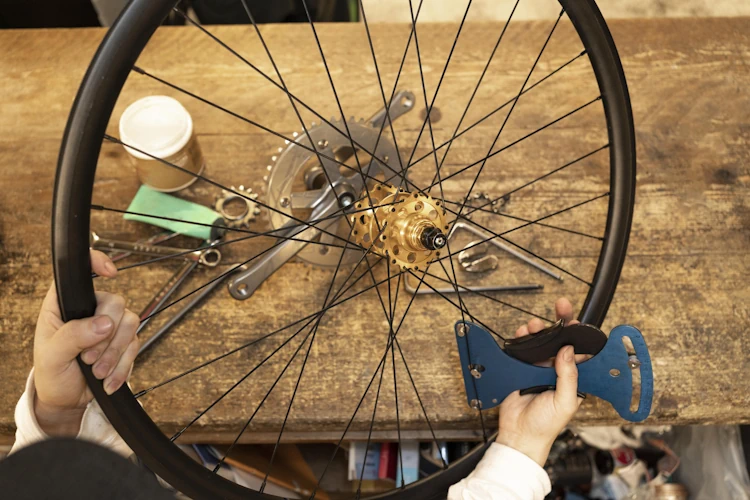A Rider’s Essential: How to Choose the Best Tubeless Tire Repair Kit for Your Bike
As a mountain biker, one of the essential items in your toolkit should be a reliable tubeless tire repair kit. While tubeless tires offer increased puncture resistance, they are not immune to flats. Choosing the right repair kit can mean the difference between a minor inconvenience and a trail-ending issue. Here are some key factors to consider when selecting the best tubeless tyre repair kit for your bike:
Types of Tire Repairs
Not all tubeless tire repair kits are created equal. Some kits include simple tire plugs designed to seal small punctures, while others offer more comprehensive repair options, such as tire boot patches for larger cuts and a variety of plugs for different types of punctures. Consider the type of terrain you ride and the potential hazards you might encounter when selecting a repair kit.
Portability and Weight
A repair kit is only useful if you have it with you when you need it. Look for a kit that is lightweight and compact enough to carry in your saddlebag or backpack. Many kits come with a carrying case or pouch for convenient storage. Additionally, consider the weight of the kit, as every ounce counts when you’re on the trail.
Compatibility
Make sure the repair kit is compatible with your tubeless tire setup. Some kits are specifically designed for certain tire sizes or brands, so check the manufacturer’s specifications before making a purchase. Additionally, consider the type of valve stem you have (e.g., Presta or Schrader) and ensure the repair kit includes the necessary tools to work with your valve stems.

Durability of Components
Choose a repair kit with durable components that can withstand the rigors of trail riding. Look for plugs made from high-quality materials, such as vulcanized rubber or butyl rubber, which can effectively seal punctures and withstand the forces of riding. Avoid kits with flimsy or easily breakable tools that may not hold up over time.
Ease of Use
The last thing you want to deal with when fixing a flat tire on the trail is a complicated repair process. Look for a repair kit with clear and easy-to-follow instructions, along with intuitive tools that are straightforward to use. Practice using the kit at home before hitting the trail to familiarize yourself with the process.
Additional Features
Some repair kits come with extra features that can be useful for trailside repairs. Look for kits that include a CO2 inflator or a small pump to help reseat the tire after making a repair. Additionally, consider kits that include extras like tire levers or a multi-tool for additional versatility.
Frequently Asked Questions (FAQs)
- Can I use a tubeless tire repair kit for tube-type tires?
- While tubeless tire repair kits are designed for tubeless setups, some kits can also be used for temporary repairs on tube-type tires. However, it’s essential to follow the manufacturer’s guidelines and consider a more permanent repair for tube-type tires.
- How long will a tubeless tire repair last?
- A properly performed tubeless tire repair can last the life of the tire, especially if the puncture is small and the sealant effectively seals the hole. However, more extensive damage may require a more permanent repair or tire replacement.
- Can I use a plug-style repair kit for larger cuts or sidewall punctures?
- Plug-style repair kits are typically designed for smaller punctures in the tire tread and may not effectively seal larger cuts or sidewall punctures. In these cases, a tire boot patch or other repair methods may be necessary.
- What’s the best way to learn how to use a tubeless tire repair kit?
- Practice using the repair kit at home in a controlled environment before hitting the trail. Familiarize yourself with the tools and repair process, and make sure you can confidently handle any potential issues you might encounter on the trail.
- How often should I check my tubeless tire repair kit?
- Regularly inspect your repair kit for any signs of wear or damage, and replace any components as needed. Additionally, check the expiration date of sealant or other perishable items in the kit and replenish as necessary.